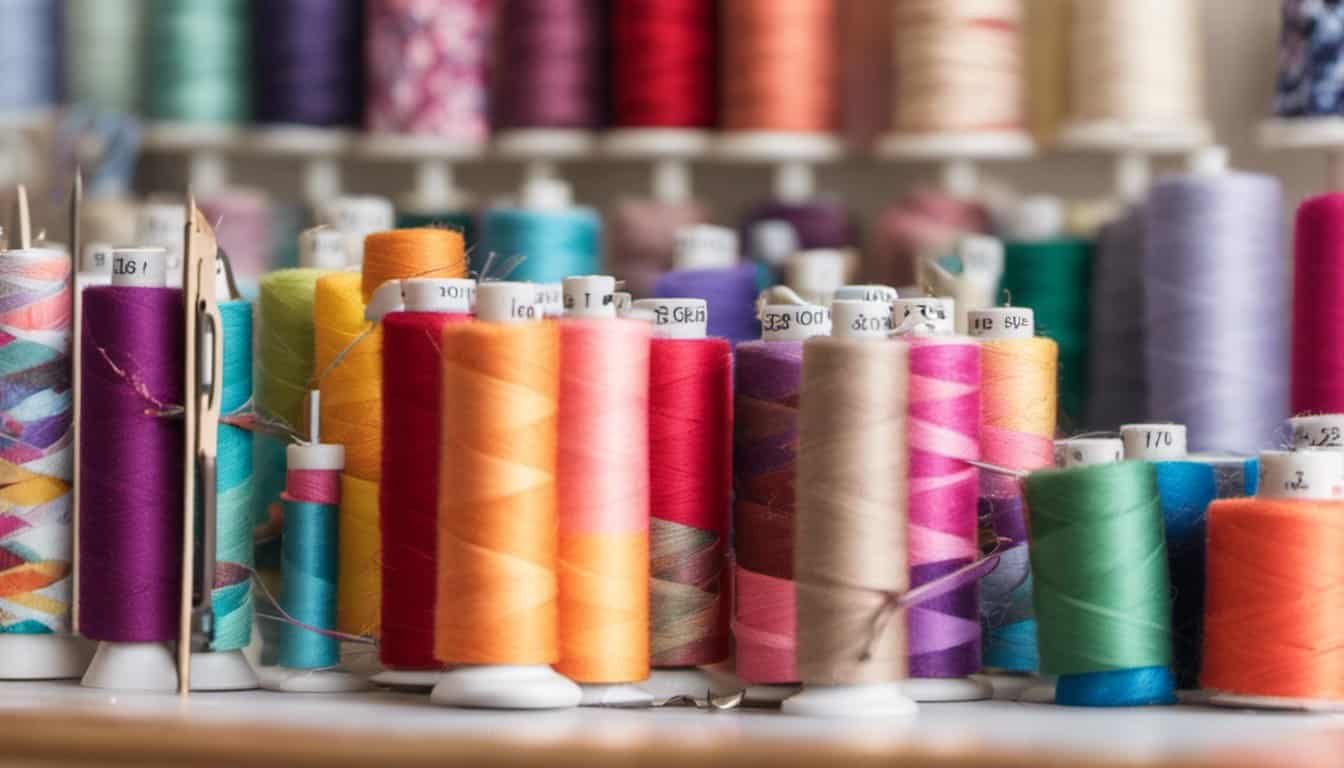Ever thought about turning your passion for sewing into a thriving business? With the rise of handmade and custom products, there’s never been a better time to explore this creative venture. Sewing offers a unique blend of artistry and practicality, making it a compelling choice for those looking to combine their skills with entrepreneurship.
You might wonder if sewing can truly be profitable. The answer depends on various factors, including your niche, marketing strategies, and dedication. Whether you’re crafting bespoke garments, home décor, or personalized gifts, the potential for success is there if you’re willing to stitch together a solid business plan.
Exploring the Viability of Sewing as a Business
Sewing presents a promising business opportunity due to the growing interest in DIY and custom apparel. Understanding market trends helps determine the profitability of a sewing venture.
The Rise of DIY and Custom Apparel
The demand for DIY and custom apparel is on the rise. Consumers seek unique, personalized items that reflect their style, making handmade products increasingly desirable. Platforms like Etsy report annual increases in sales for custom and handmade clothing, indicating a strong market presence. By offering bespoke creations, you can tap into a lucrative niche. Custom embroidery and unique fabric patterns attract a diverse clientele looking for one-of-a-kind items.
Market Demand for Tailored Clothing
Tailored clothing remains in high demand. Shoppers prefer well-fitted garments over mass-produced options for both comfort and aesthetics. According to a survey by Statista, 54% of respondents showed interest in purchasing custom-tailored clothing. This trend extends to wedding attire, business suits, and casual wear. By providing high-quality, made-to-measure garments, you can cater to this growing market segment. Leveraging social media and online marketplaces boosts visibility and attracts customers seeking specialized sewing services.
This section demonstrates the viability of starting a sewing business by highlighting the flourishing DIY and custom apparel trends and the strong market demand for tailored clothing.
Financial Considerations for Sewing Businesses
Assessing financial considerations helps determine if a sewing business idea is viable. Knowing starting costs and potential revenue streams ensures informed decisions.
Starting Costs and Equipment Investment
Investing in quality equipment boosts productivity and quality. Starting costs typically include:
- Sewing Machines: A good machine ranges from $200 to $1,000.
- Fabric and Supplies: Allocate $500 initially for various fabrics, threads, and notions.
- Workspace Setup: Arrange $300 for tables, chairs, and storage units.
- Software: Budget $100 for design software if offering custom embroidery or patterns.
- Training and Courses: Expect to spend around $200 on specialized sewing courses.
Careful budgeting helps minimize initial expenditures while setting up a reliable and efficient workspace.
Potential Revenue Streams
Diversifying revenue streams enhances business stability. Common avenues include:
- Custom Orders: Offering tailor-made clothing or accessories.
- Alterations: Providing garment modification services.
- Workshops: Hosting sewing or embroidery classes can attract hobbyists.
- Online Sales: Selling products on platforms like Etsy or your website.
- Pattern Sales: Creating and selling unique sewing patterns.
Analyzing these streams optimizes earnings and helps build a resilient business model.
Skills and Training Required for Sewing Professionals
To succeed in a sewing business, acquiring key skills and training is crucial.
Essential Sewing Skills
Master fundamental sewing techniques, including stitching, hemming, and finishing. Profound knowledge of fabric types and their properties is necessary for choosing appropriate materials. Being adept at using sewing machines, sergers, and other specialized equipment can improve productivity. Examples of required skills include creating custom patterns, executing alterations, and handling complex designs.
Business and Marketing Skills
Effective business management involves financial planning, inventory control, and customer service. Marketing skills are equally important for attracting and retaining clients. Crafting engaging social media content, maintaining an easy-to-navigate e-commerce site, and utilizing SEO strategies can boost your online presence. Practical examples encompass running promotional campaigns, networking with industry influencers, and participating in craft fairs or community events.

Challenges Faced by Sewing Businesses
Turning your sewing skills into a business is rewarding, but it comes with several challenges. Addressing these can determine your success in the competitive craft market.
Competition and Market Saturation
You may face stiff competition in the sewing industry. Many individuals have recognized the lucrative potential of custom and handmade goods, leading to market saturation. Success hinges on differentiating your offerings. Consider focusing on a niche like eco-friendly fabrics, plus-size clothing, or vintage-style dresses. By catering to specific customer needs, you can carve out a unique space and establish loyal clientele.
Navigating Supply Chain Issues
Supply chain issues can affect your ability to meet customer expectations. Delays in fabric shipments or shortages of essential materials can disrupt timelines. Building relationships with multiple suppliers mitigates this risk. Stockpiling frequently used fabrics and materials ensures you’re prepared for unexpected disruptions. Utilizing local suppliers can also reduce the chances of delays, supporting quicker turnaround times for your custom orders.
Conclusion
Starting a sewing business can be a rewarding venture if you’re passionate about creating unique garments and products. With the growing demand for custom and handmade items, there’s a significant market waiting for your creativity. By focusing on niche markets, honing your sewing skills, and mastering essential business strategies, you can turn your hobby into a profitable enterprise.
Remember, success in this field goes beyond just sewing. You’ll need to invest time in marketing, financial planning, and customer service. Embrace the challenges, stay adaptable, and keep learning. With dedication and the right approach, your sewing business can thrive and bring your creative visions to life while meeting the needs of your customers.















